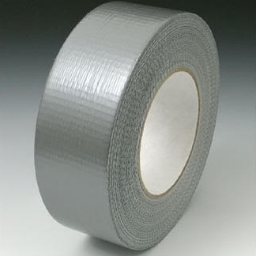I’m in the finishing stages of a new SCCM deployment, but also in the process of an Active Directory consolidation at the moment, and ran in to the following issue:
A machine from Domain A has been re-imaged using SCCM to run in Domain B. SCCM has a Device Collection X for Domain A and Device Collection Y for Domain B. Device Collection Y has a Deployment for a specific VPN Application that’s required, otherwise it won’t run.
New toys!As mentioned before, I’ve recently started a new assignment, one that required me to design and roll out a System Center Configuration Manager solution for 4 locations.
While that wasn’t too difficult and the configuration was quite straightforward [thanks to my friends at Manning and Google], the biggest challenge came when creating packages to deploy. Luckily I was quite familiar with packaging and .MSI editing due to various MDT configurations I had made, but the latest “Current Branch” version of SCCM has “Applications”, which are smart packages [pieces of software] which you can deploy, but also uninstall if you want.
OK, so I’m at my new job and for the first time in years, I have to deal with proxy servers again…
Since I’m used to having full admin rights on my machine and unrestricted internet, this was somewhat of a shock, while perfect for my productivity as well 😛
Unfortunately for them, I have since been informed that a special IT proxy is available, which provides this access, hence me being able to update my site again 🙂
Hi all,
It’s been a while, but I’ve kept myself busy in the meantime. During my last post on my blog, I was waiting for an assignment at my new job at OSC, only to be presented with a new challenge which kept me from posting for a while [expect more posts soon!!].
In the meantime I had also agreed to provide small training/demo session on PowerShell along with my new colleague Danny den Braver, to show people how awesome it actually is, while even showing them some PowerShell on Linux things [a few Linux guys there 🙂 ].
Back again for another part in my VM Lab series.
So far I’ve created the folder structure which we will use to store our ISO files, VHD files [including template VHDs and Unattend.xml files] and VM’s. In order to manipulate the ReadOnly status of various files [such as the template VHD’s and Unattend.xml files], I’ve provided simple functions which will assist us.
Now we need to make sure that the final piece of the infrastructure is ready: the Hyper-V VM Switches.
In this next installment of my VM Lab series of posts, I have created a tiny set of tools which basically do exactly as the names imply. While I admit, not quite hard to do, perhaps you’d even prefer to type things manually, but as mentioned in my previous post, for me it’s all about re-usability.
RequirementsIn one of the upcoming installments of my VM Lab series, I will create a template VHD file, which will need to be set to Read Only in order to prevent changes to be made accidentally.
